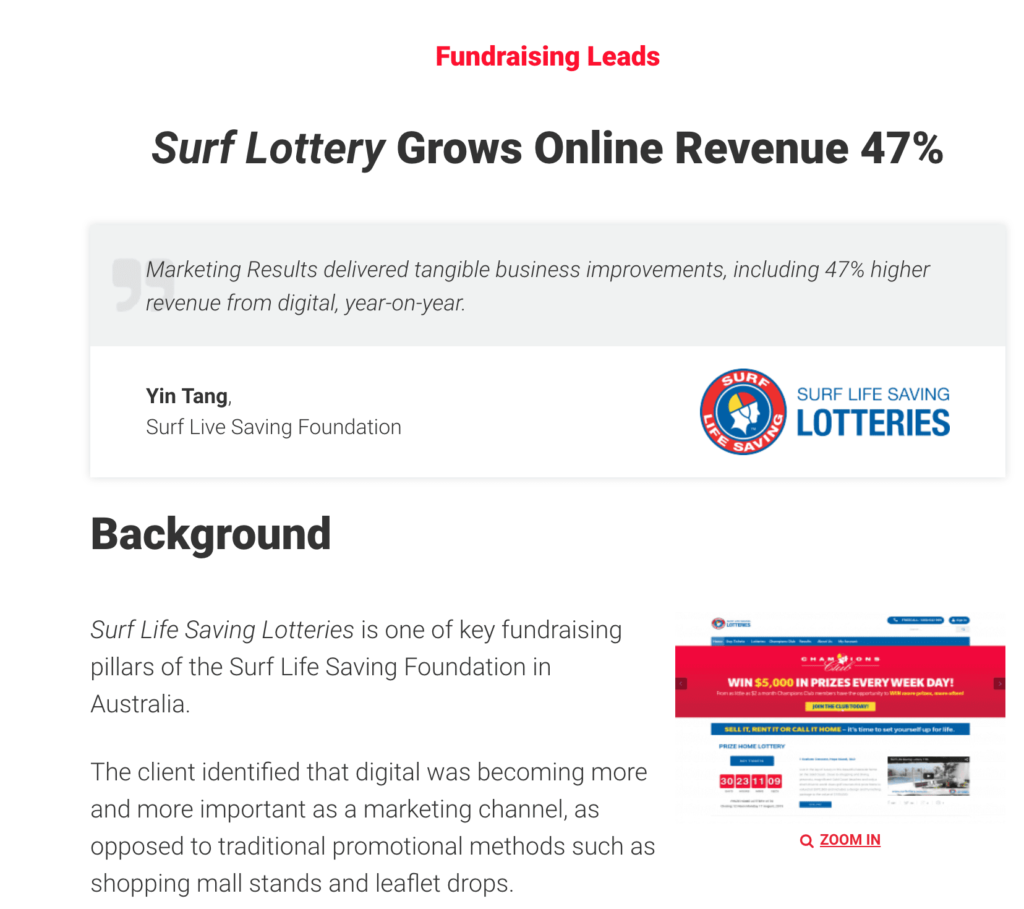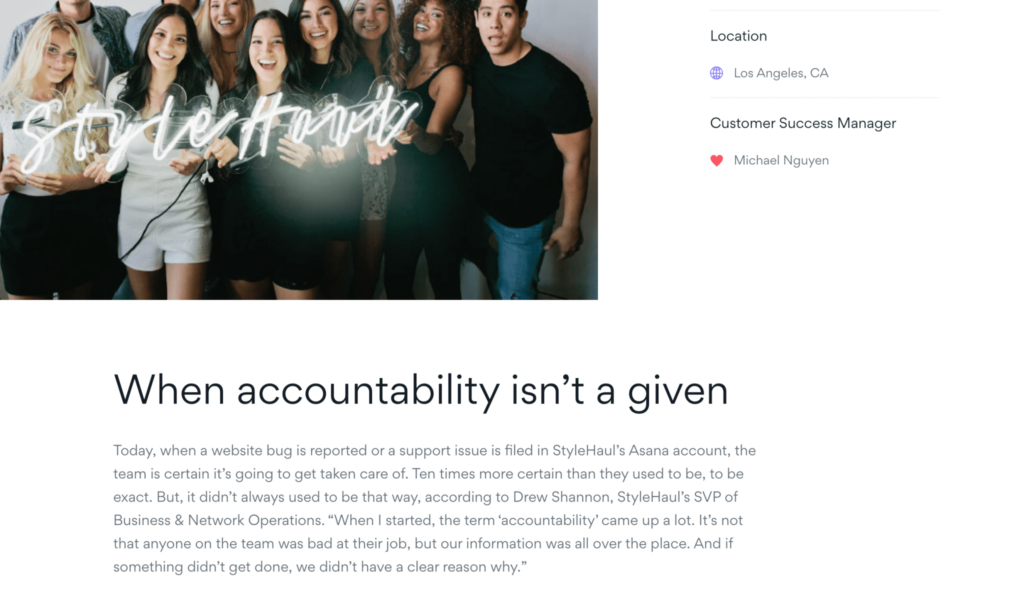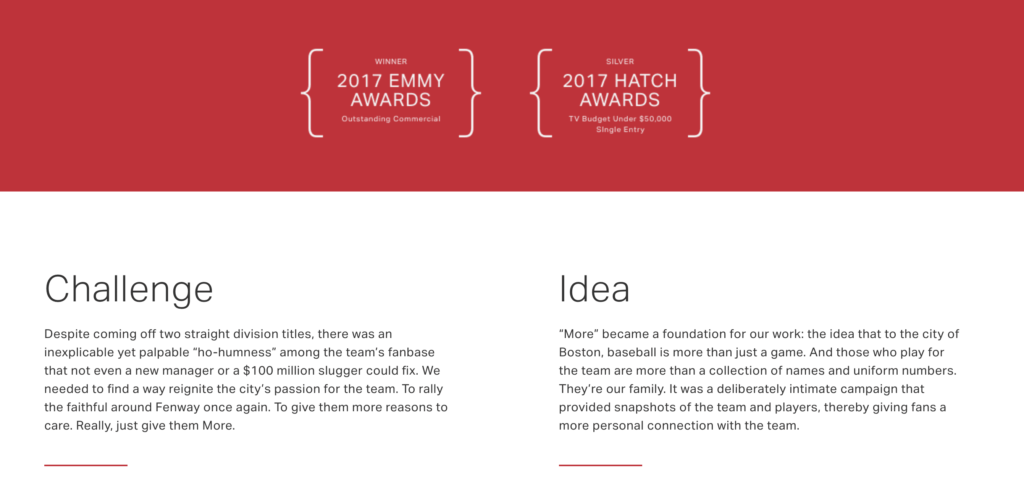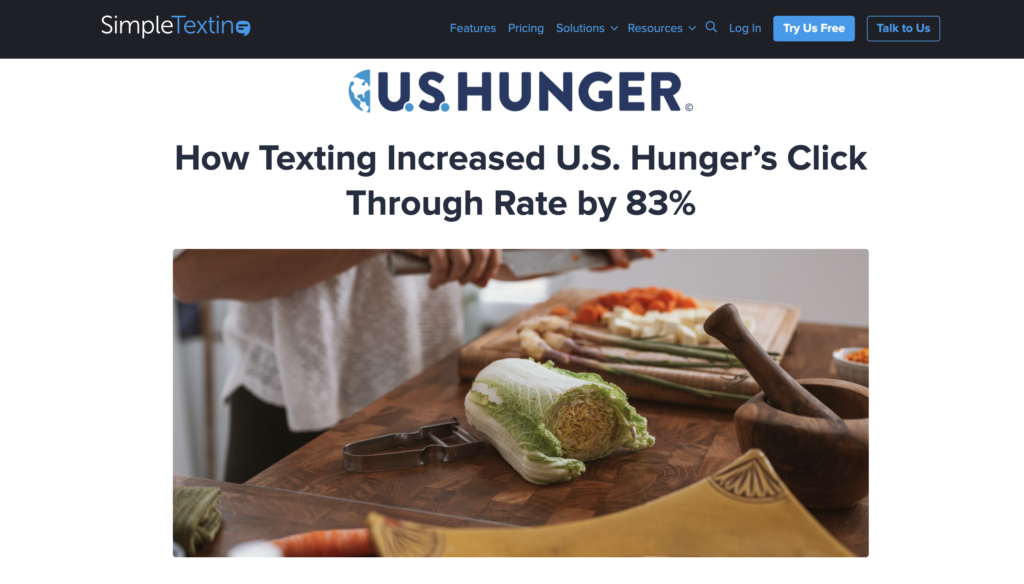How to Write a Marketing Case Study (With Examples)
Learn exactly what a marketing case study is, how to write one that stands out, and review some examples of existing, successful studies.

Learn exactly what a marketing case study is, how to write one that stands out, and review some examples of existing, successful studies.

As any big brand like MailChimp, Spotify and IMB will tell you, case studies are a huge part of solidifying your brand as thought leaders.
A case study is a win: you share the success of a customer as a result of your company’s actions. At SimpleTexting we call them our Success Stories, but no matter the name, the structure is the same — how company A worked with B to achieve XYZ.
In this article we’ll cover everything from the basics to real-life examples.What exactly is a marketing case study, what constitutes a good one, and most importantly, how do you build one?
Let’s get started.
According to Curata, “a case study in the context of marketing is an analysis of a project, campaign or company that identifies a situation, recommended solutions, implementation actions, and identification of those factors that contributed to failure or success.”
Sure, it’s a bit wordy, but at its core marketing case studies share information with prospective customers or clients about how your product offered a solution.
It doesn’t need to be dry reading. It doesn’t even need to be a report (although it can be). The key with a case study is that it should read like a story—only the beginning, middle, and end are all replicable business takeaways.
Case studies are for businesses of all sizes. They can be just as effective for small and medium-sized businesses as they are for enterprise businesses. Here’s why you should be investing time in building case studies.
Before we dive into the instructions, let’s take a second to explore why a business would invest the time and effort into writing a case study. After all, why share your big marketing secrets with the world, what do you get out of the deal?
Simply put, you get the chance to share your story. Case studies, after all, are just stories showcasing your products and methods. They make for pretty spectacular advertising because, to a reader, it doesn’t feel like they’re being marketed to.
92% of customers prefer that media messages sound like a story. By using case studies you’re appealing to the logical, casual consumer who wants to know the “who, what, where, when, and why” that drives them to buy without any of the extra fuss. Case studies are the perfect medium to package it all.
As mentioned, every good case study maintains one singular focus: how one company used another to achieve its goal(s). This means most marketing case studies tend to take on an easily understandable problem-solution structure.
Let’s take a look at what you need to create a successful case study.
Using the ingredients above, assemble them in this order to create a basic marketing case study:
You’ve certainly heard enough from us to this point. Now it’s time to see what all of these tips and tricks look like in action. `
A plethora of marketing case study examples are out there, each one with a different objective: educational, sales-driven, industry leadership, and more.
To give you a well-rounded picture, we’ll share some of our favorite marketing case studies with you so you can see it all in action for yourself.
The Surf Life Saving Foundation rolled out an innovative new framework for their brand known as the surf lottery.
Despite the size of the initiative they were able to break down their process on a share of voice campaign with a great deal of clarity.
Why we like this case study: It provides actionable and replicable examples of how their objectives were received.

Organizational application Asana also finds itself in a competition-heavy environment. They are one of many SaaS productivity programs available.
They needed to give their brand more of a voice to edge out against competitors offering near-identical products. The problem that needed solving in this success story is relatable to businesses all around the world, and ASANA’s use of it is a showcase of why they’re leaders in what they do.
Why we like this case study: It’s storytelling at its finest and perfectly demonstrates the subtle advertising concept.

This is a great example of a marketing agency showcasing its history of work with a high-profile client (the Boston Red Sox). It explores their entire body of work on a dynamic landing page.
Why we like this case study: It demonstrates what a multi-media approach to a digital case study should strive to be.

We couldn’t talk the talk without walking the walk. We have a range of varied case studies on our Success Stories page, but one of our absolute favorites is the results from U.S. Hunger.
U.S. Hunger was looking for a way to reach those who need them most – including those without internet access.
Why we like this case study: Not only does it highlight the incredible work of U.S. Hunger, it also shows how much can be accomplished through SMS. It spins a new light on SMS marketing and shows the wider impact of accessible communication.

As a business looking to grow, you need to prove to prospective customers and clients why they should invest in you. Whether it’s a service or a product, case studies are viable ways of showing that what you do works and discussing how you achieved it.
The most impactful case studies aren’t always the ones with big names attached to them. They’re the best stories, the best solutions, and the ones that the most people can relate to.
Try Text Marketing for Free
No credit card required
Meghan Tocci is a content strategist at SimpleTexting. When she’s not writing about SaaS, she’s trying to teach her puppy Lou how to code. So far, not so good.
More Posts from Meghan TocciTake the guess work out of customer satisfaction surveys. Learn how to properly utilize this tool to get the most accurate customer feedback.
ReadWhat were the most adored online video games in the U.S. in the early 2000s? We wanted to know, so we surveyed Americans to find out.
ReadStart a text marketing campaign or have a 1-on-1 conversation today. It's risk free. Sign up for a free 14-day trial today to see SimpleTexting in action.
No credit card required